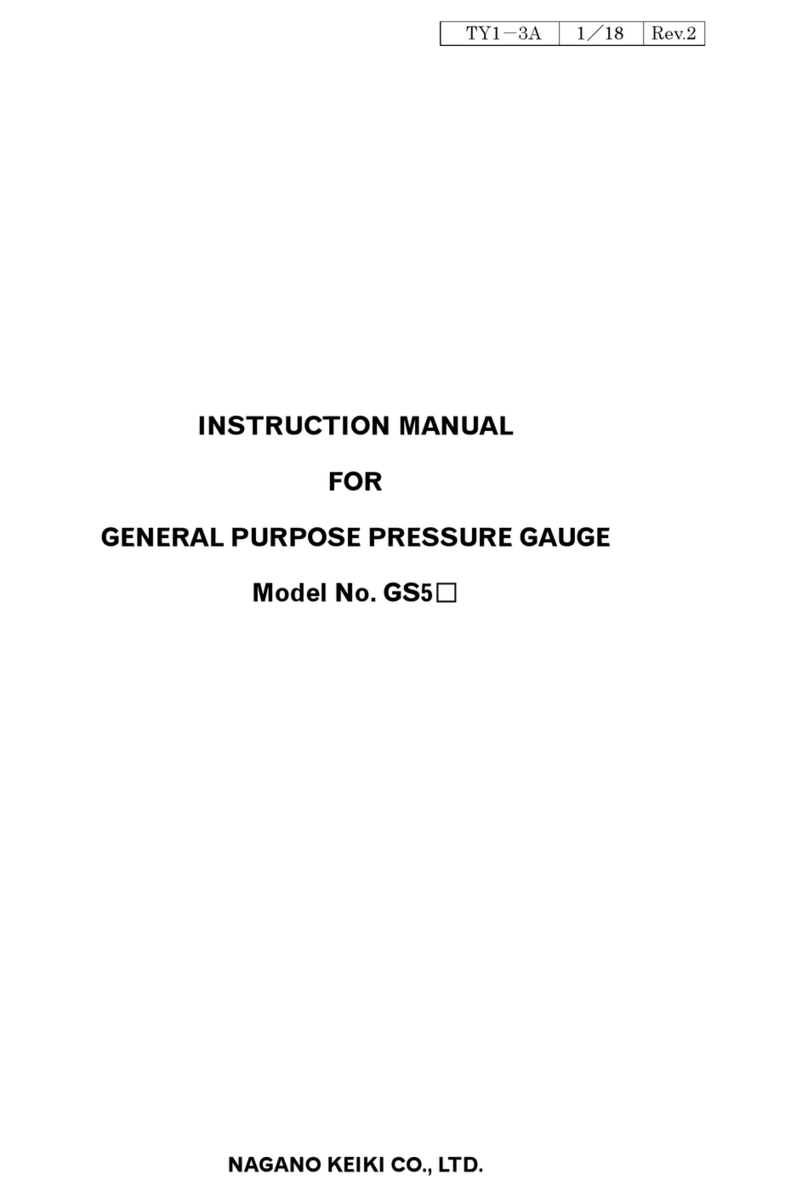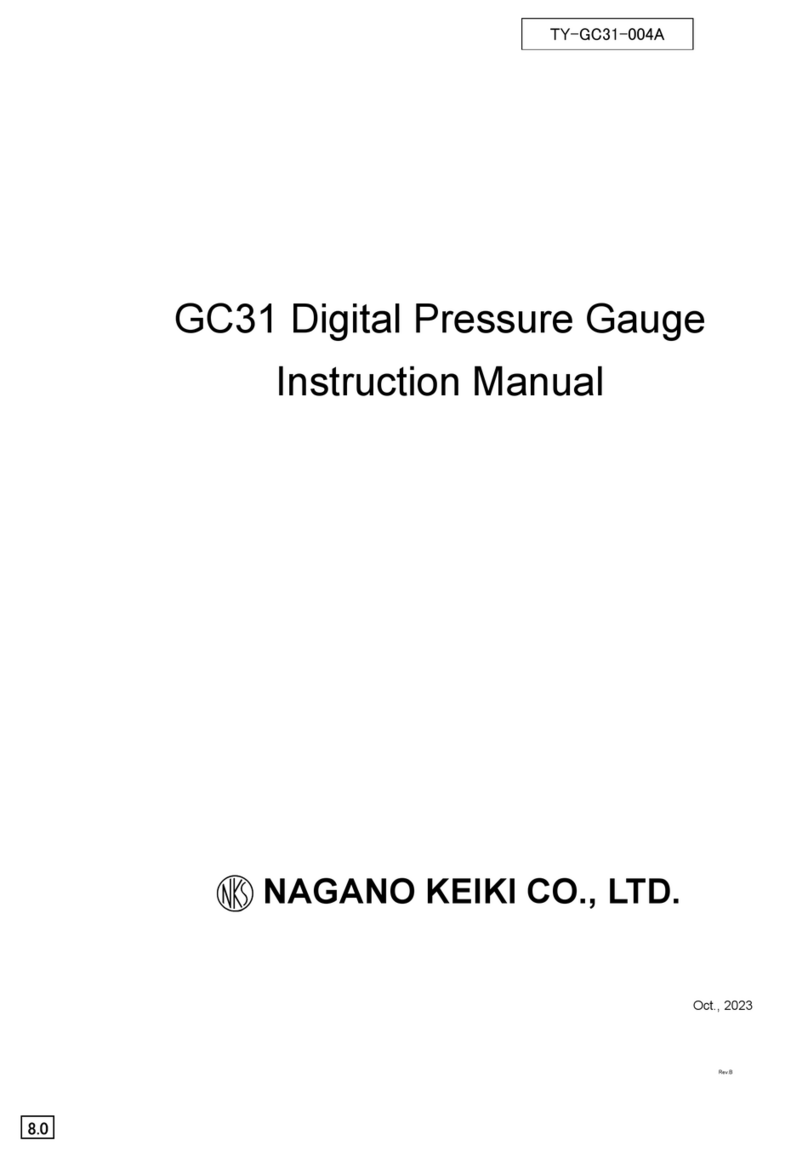
5 TY-EJ15-003A Rev.2
TABLE OF CONTENTS
FOR PROPER AND SAFE USE...............................................2
■ Definition of Safety Terms ................................................................................ 2
■ Description of Graphic Symbols ...................................................................... 2
■ Precautions for Handling Product.................................................................... 3
1. INTRODUCTION ..................................................................6
2. PRODUCT OVERVIEW........................................................6
■ 2.1 Features ..................................................................................................... 6
■ 2.2 Operating Principle .................................................................................... 6
3. SPECIFICATIONS................................................................7
■ 3.1 General Specifications............................................................................... 7
■ 3.2 Intrinsically Safe Specification ................................................................... 8
4. DIMENSIONS.....................................................................10
■ 4.1 External Dimensions (Typical) .................................................................10
5. TRANSPORTATION AND UNPACKING ............................ 11
■ 5.1 Precautions for Transportation..................................................................11
■ 5.2 Precautions for Unpacking........................................................................11
6. INSTALLATION AND REMOVAL....................................... 11
■ 6.1 Pressures Sensor .....................................................................................11
■ 6.2 Mounting Direction................................................................................... 13
■ 6.3 Safety Barrier ........................................................................................... 14
■6.4 Cable........................................................................................................ 14
■ 6.5 Precautions for Possible Water Spraying to Pressure Sensor................ 14
7. WIRING AND CONNECTION.............................................15
■7.1 Cable Gland and Transmission Cable (Crimp Terminal)......................... 15
■ 7.2 Transmission Cable with M12 Connector................................................ 20
■7.3 System Configuration Diagram................................................................ 23
■7.4 Wiring Example........................................................................................ 23
■7.5 Intrinsically Safe Equipment and Safety Barrier...................................... 29
■7.6 Wiring of Intrinsically Safe Equipment and Safety Barrier....................... 29
8. OPERATION (ENERGIZATION).........................................30
9. MEASURES AGAINST NOISE...........................................31
■ 9.1 Effects of Noise........................................................................................ 31
10. STORAGE........................................................................31
■10.1 Precautions for Storage......................................................................... 31
11. MAINTENANCE ...............................................................32
■11.1 Periodical Check-up............................................................................... 32
■11.2 Zeroing................................................................................................... 32
12. PRODUCT WARRANTY AND EXPORT ADMINISTRATION
REGULATIONS................................................................34
■12.1 Product Warranty................................................................................... 34
■12.2 ExportAdministration Regulations......................................................... 34
13. OTHER.............................................................................34






























